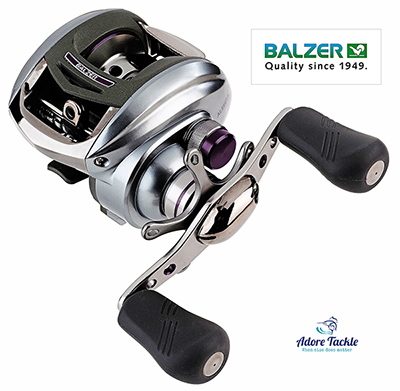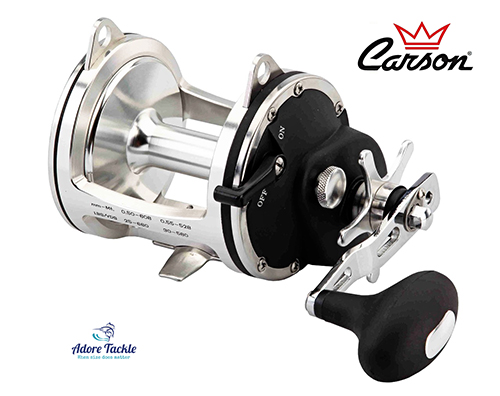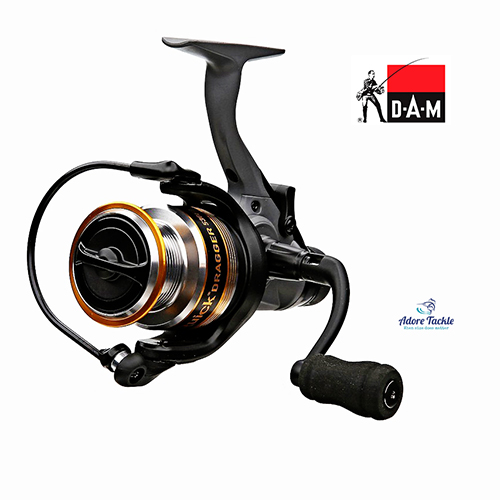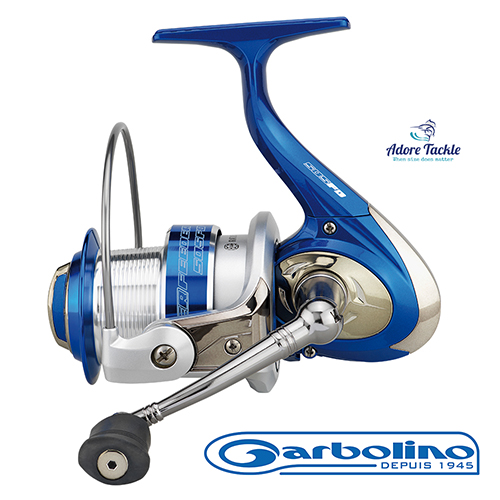Recent Posts
Spinning reels (Part 1)
Posted by on
Today's topic: Spinning Reels (Part 1)
In this day and age we are spoiled by the sheer offering that's out there. Pretty much with everything. Call it food or clothes or...rods and reels. The later is a complex proposition.
What reel should you chose then?
Does it depend on what fish you target? Or perhaps on style of fishing?
Would you require long casts or perhaps the bait to be taken freely by your target species?
So, let's start with the obvious.
There are effectively four major types of fishing reels.
One, let's call them sidecasts. Those would be effectively fly fishing reels or good-ol' Alveys. The biggest advantage of these reels is that you are in permanent contact with your fish and you can drop the reel in sand or water and they will take a beating before being damaged in any way shape or form. As good as these reels are, they have many drawbacks as well. They are nothing more than an equivalent round spool line positioned sideways. In case of fly fishing reel, the line is kept off the reel and manually thrown with the fly and the reel just gets the line in, whilst the rod does all the work. It is rather complex to use such a reel to catch a big kingfish or mulloway, and while there are people that love and swear by them, but today there are many more modern reels that will do a better job.
Then we have baitcasting reels. They are absolutely loved by many anglers fishing for bass, flatties or barra. They work a treat when using artificial baits and lures, either plastic grubs, worms, shads or small cranckbaits and wobblers. These reels have to be used with special rods (they have a "trigger" on the opposite side of the rods' reel seat), and the vast majority have very high gear ratios, particularly suited for fast retrieve-action.

Let's move on and we have the trolling or multiplier, or else known overcast reels. These reels are used when targeting the big monsters of the deep. When no other reel will hold enough line and will have enough power to lad the beast, these reels will do. There are a few issues that we need to keep in mind before committing to such a reel. One has to do with the fact that you cannot cast with a trolling reel. All you do is let the bait drift ( and manually releasing line behind the boat until you're happy with how the bait's been positioned) or you use it for very big depths/ vertical jigging. Or you manually plant the bait using other means. But we'll talk about these some other time.

Which leads us to spinning reels.
In our opinion they are the most versatile reels out there. So, how do you select which one you need?
First of all, what fish do you target and what sort of type of fishing you are planning to do will ultimately dictate what sort of spinning reel you'll need. For example, if you target bream, whiting, mullet or flathead (as well as let's say Mangrove Jacks, or callop, sooty grunter, etc), you'll need a reel that sits in the 10-40 category (or size 100-400 or 20-40, etc). That will allow you to use some 100 m of 0.15mm line or for the 40/400 size reels something like 135 m of 0.35 mm or 100 m of 0.40 mm. I would never use 0.40mm, but more likely something like 0.20-0.25 mm (if using a mono line) and perhaps 0.10-0.18mm (for braid).
What type of drag now? Well, to answer that correctly we need to first have a look at how many types of spinning reels are there. There are front drag and rear drag spinning reels, as well as free-spool or baitrunner spinning reels. The later has a mechanism that allows a fish to inconspicuously take the bait without feeling the line resistance. Once the bait is taken, a fisherman can flip and engage the mechanism thus becoming pretty much a rear drag reel and fighting the fish like you normally would.
Free Spool Spinning Reel Example

Front drag reels (Front Drag Reel Example) have the brake mechanism in front of the spool (so you can tighten or loosen the line), and the rear drag ones have the brake adjustment wheel extended at the back-end of the reel.

Both types of reel are widely used, with selecting front or rear drag being a matter of preference for most people.
There are certain limitations when trying to manufacture big rear-drag reels (Rear Drag Reel Example), and the biggest I have seen are size 60 (or 600) as rear-drag reels.

...More with our next blog post...
 Loading... Please wait...
Loading... Please wait...









